Throughout history, countless architectural landmarks around the world have been lost to demolition, whether due to modernization, war, or neglect. Many of these structures held significant cultural, historical, or architectural value, making their destruction all the more tragic. From grand palaces to iconic buildings, their absence leaves a lasting impact on the cities and societies they once shaped.
Old Cincinnati Library (Cincinnati, Ohio)
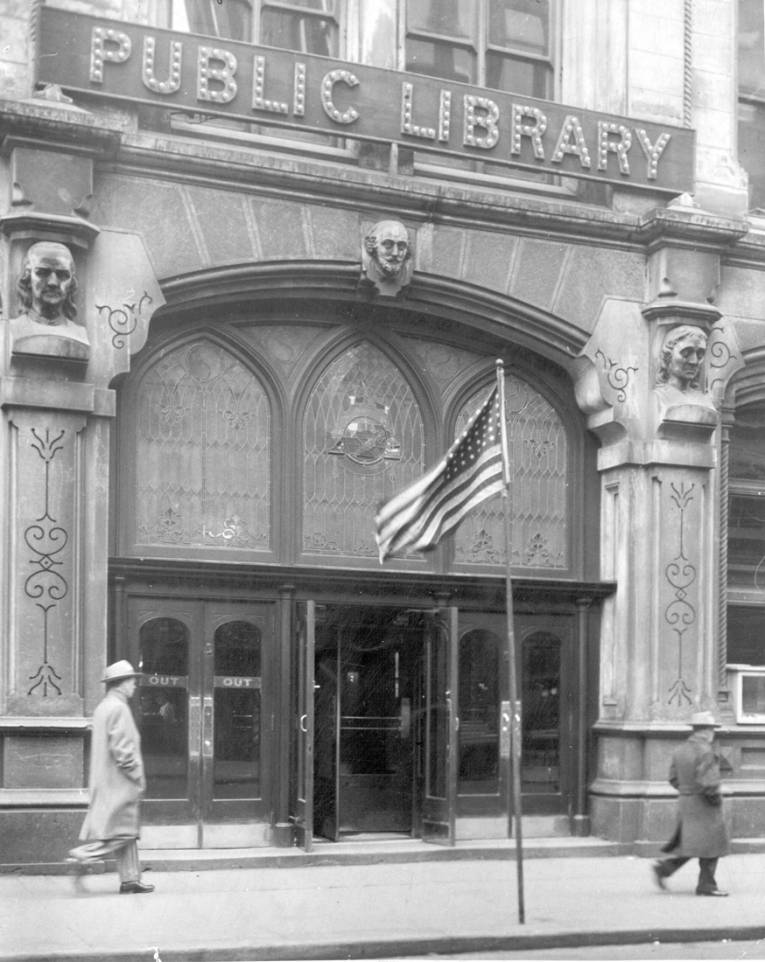
The Old Cincinnati Library, built in 1874, was an architectural marvel featuring cast iron shelves, marble floors, and an atrium illuminated by a skylight. Despite its breathtaking design, it was demolished in 1955 to make way for a more modern library. The loss of such an iconic cultural hub was lamented by many, as its grandeur represented a significant part of the city’s historical and architectural legacy. Preserving the building could have maintained its role as an educational and cultural landmark. With its five-story structure and unique blend of Victorian and classical elements, it could have been restored into a modern library or museum to preserve the city’s history. Instead, the building was replaced with a structure that lacked the same cultural significance. Its destruction signaled the beginning of many architectural losses in the city.
The Imperial Hotel (Tokyo, Japan)
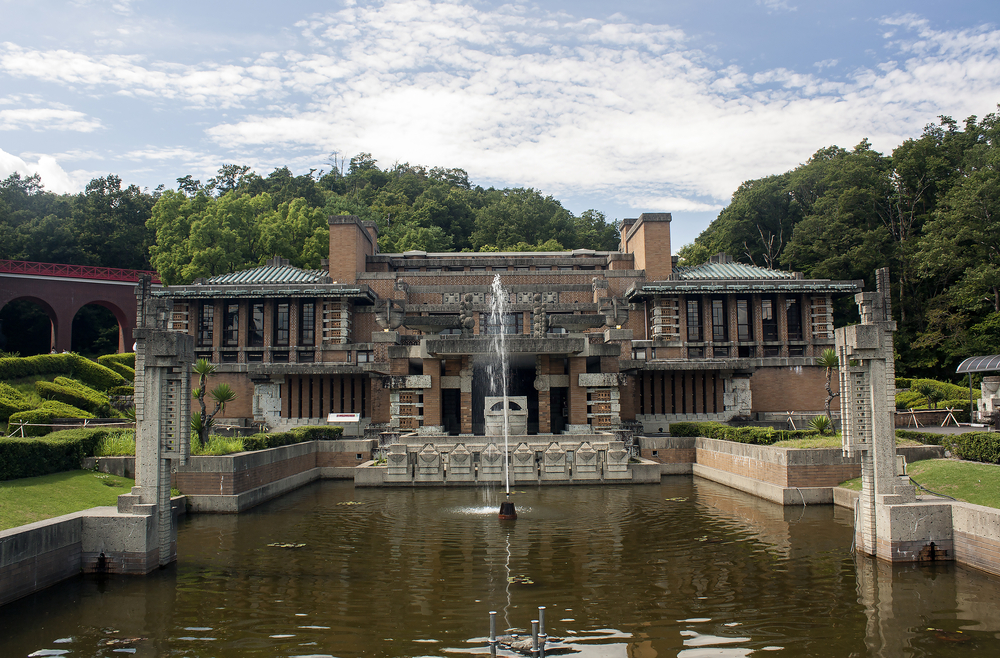
The Imperial Hotel, designed by renowned architect Frank Lloyd Wright, was an architectural marvel when it opened in 1923. It was celebrated not only for its unique design, blending Western and Japanese styles, but also for its ability to withstand the devastating Great Kanto Earthquake shortly after its completion. Despite its historical significance and architectural brilliance, the hotel was demolished in 1968 to make way for a new modern structure. Preservationists argued that the building should have been saved as a symbol of early 20th-century innovation in earthquake-resistant architecture. Parts of the original hotel have been relocated to the Meiji Mura Museum, but much of the building has been lost.
Singer Building (New York, New York)
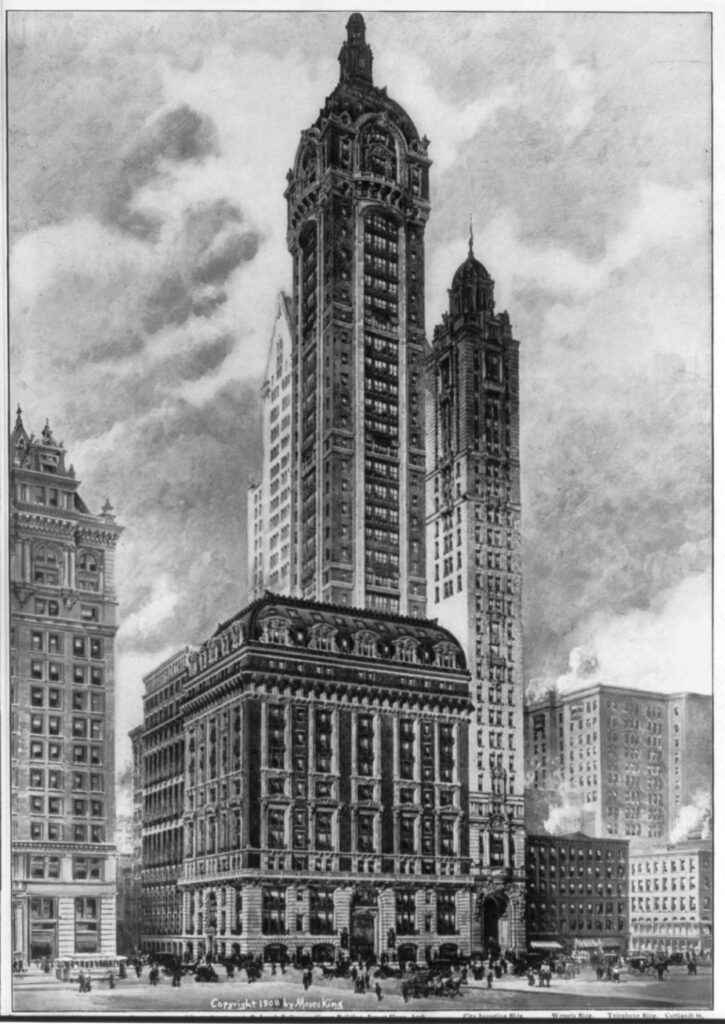
The Singer Building, once the tallest skyscraper in the world, stood as a symbol of early 20th-century architectural innovation. Completed in 1908, it was an iconic feature of the New York skyline. Despite its stature and Beaux-Arts design, it was demolished in 1968 to make way for the larger One Liberty Plaza, offering more office space. The decision to demolish such a historical landmark was driven by economic factors, but its removal marked the loss of an era of skyscraper design. Preservation efforts could have turned the building into a heritage site or museum, celebrating the architectural achievements of the time. Its demolition remains one of the most significant losses in architectural history, especially considering its status as the tallest building ever to be demolished.
Garrick Theater (Chicago, Illinois)
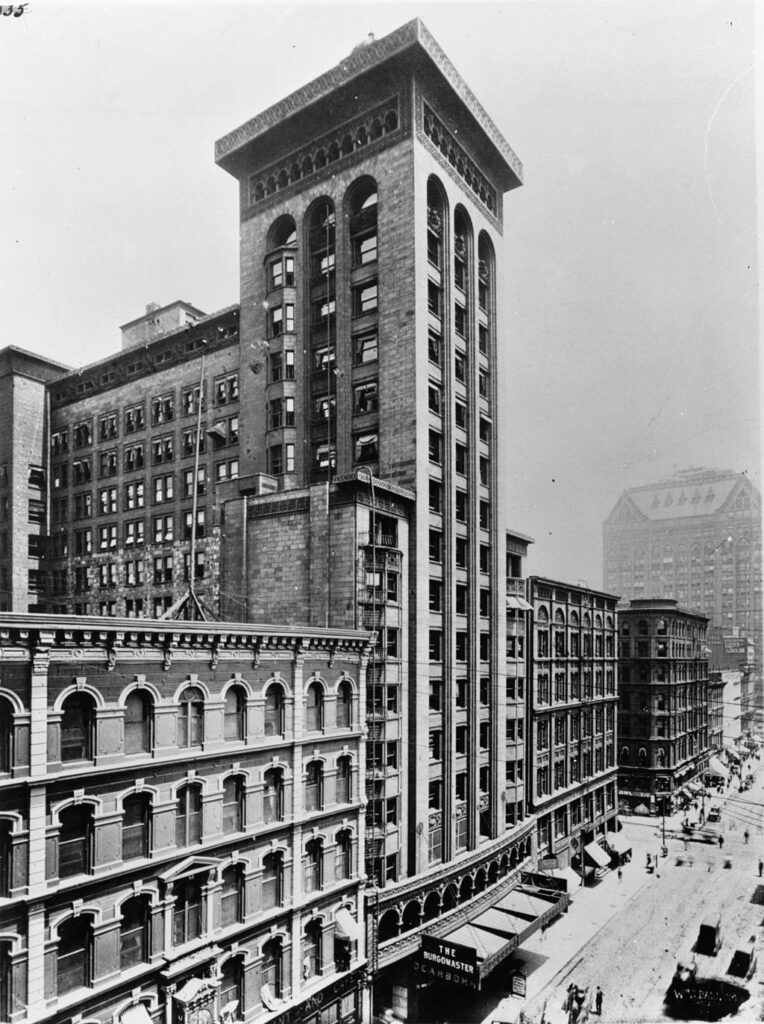
The Garrick Theater, designed by Louis Sullivan and Dankmar Adler in 1891, was a cornerstone of Chicago’s cultural and architectural history. Originally built for the German Opera Company, it featured intricate ornamentation and was one of the city’s tallest buildings at the time. Over the decades, it was repurposed as a movie theater and television studio, but fell into disrepair. In 1961, the theater was torn down to make way for a parking structure, despite significant public outcry and efforts to preserve it. Many argue that this was a turning point in the preservation movement in Chicago, as it highlighted the need to protect architectural masterpieces from being lost to modernization.
Church of the Archangel Michael (Warsaw, Poland)

Built in 1894 during the Russian occupation of Poland, the Church of the Archangel Michael was a stunning example of Russian Revival architecture. However, after World War I, it fell into disrepair and was demolished in 1923 to erase the memory of Russian influence. While many Poles at the time welcomed its destruction, some historians believe it should have been preserved as a reminder of Poland’s complex history. Today, no trace of the church remains, and its architectural style has become a rare sight in Poland.
Detroit City Hall (Detroit, Michigan)
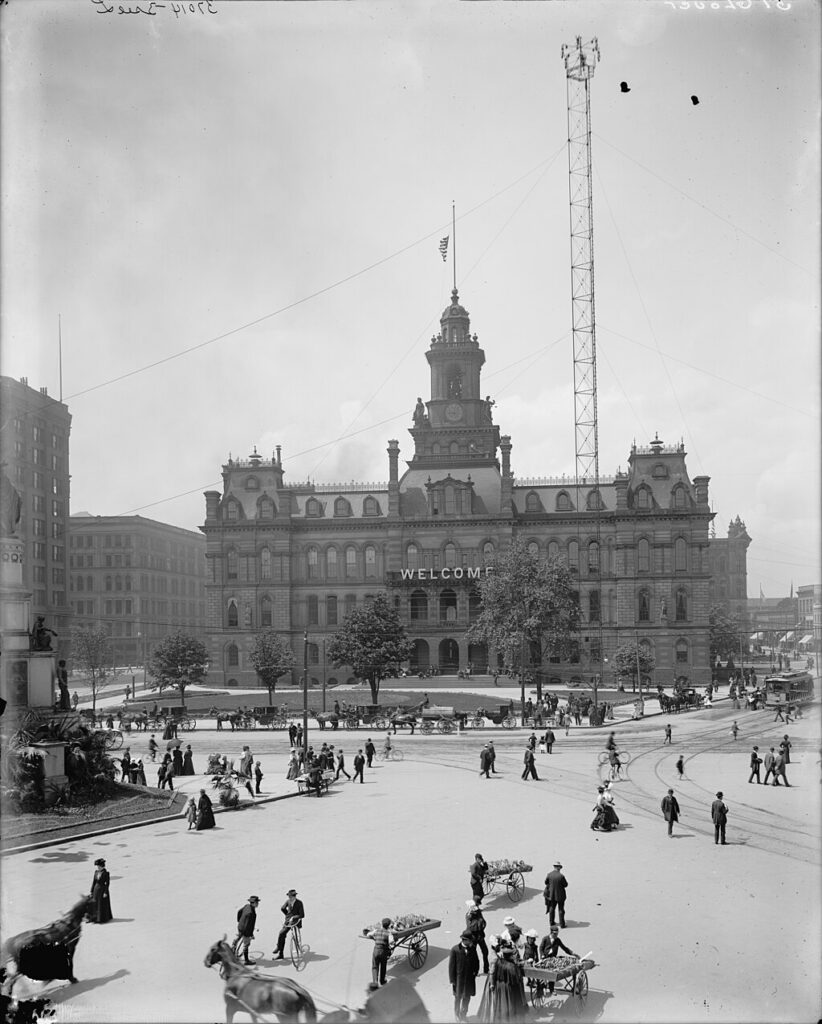
Detroit’s City Hall, built in 1871, was a magnificent example of Italian Renaissance architecture, complete with a clock tower that became a city icon. For nearly a century, it served as the seat of local government, standing at the heart of Detroit’s civic life. However, in 1961, it was demolished to make way for One Kennedy Square. Preservationists argue that the city lost an irreplaceable piece of its architectural identity with this demolition. Its intricate design, with its Amherst sandstone façade and ornate detailing, made it one of the most visually striking city halls in the country.
Pennsylvania Station (New York, New York)
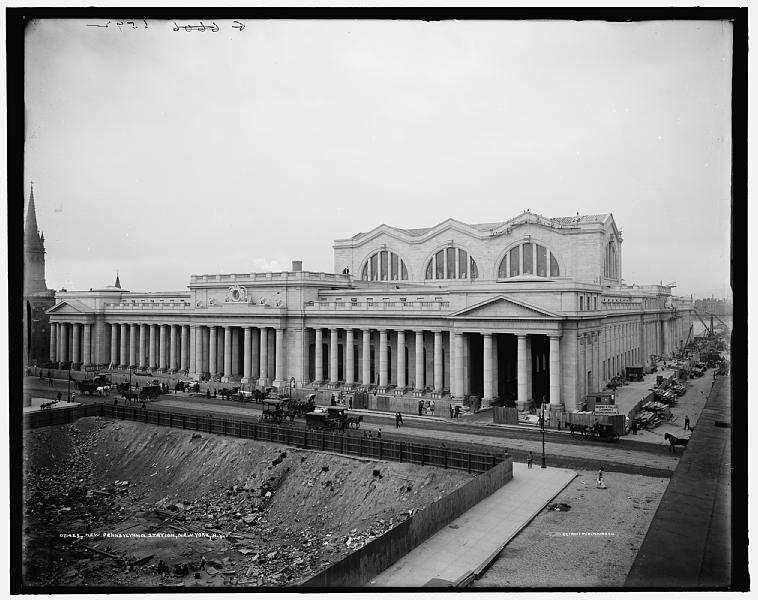
Pennsylvania Station, completed in 1910, was an engineering and architectural triumph designed by McKim, Mead & White. Its grandiose Beaux-Arts design, with towering columns and expansive concourses, evoked the grandeur of Roman architecture. Yet, despite its significance, it was demolished in 1963 to make way for Madison Square Garden and an underground transit hub. The destruction of this landmark ignited the modern preservation movement, leading to stronger protections for historical sites. Had it been preserved, it could have remained a symbol of the golden age of rail travel, as well as an architectural gem in a city renowned for its historic landmarks.
The Call Building (San Francisco, California)
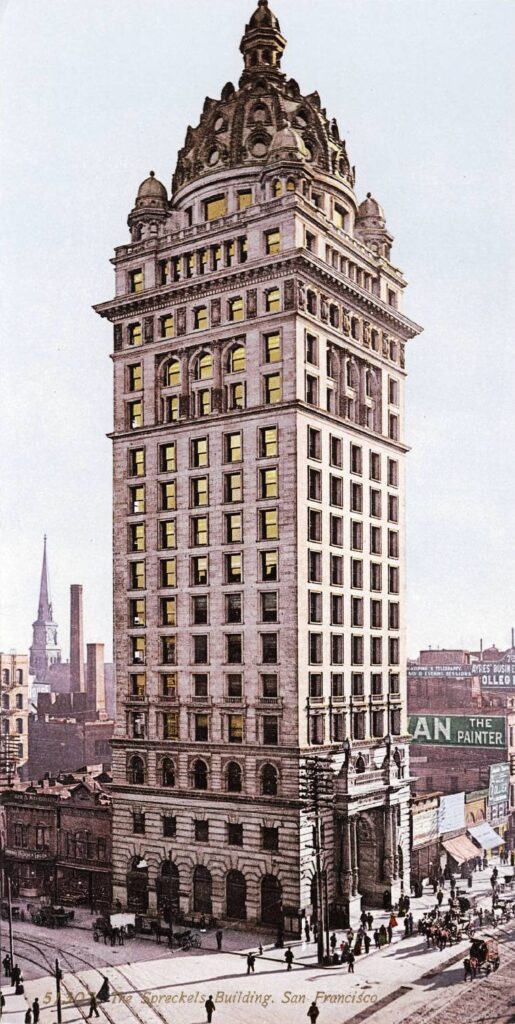
Built in 1898, the Call Building in San Francisco was one of the city’s earliest skyscrapers. Designed by James and Merritt Reid, its facade featured ornate friezes and a striking dome. However, in the 1930s, the building underwent severe renovations, removing much of its original character in favor of a modern, unadorned concrete facade. Although not entirely demolished, this “facade-ectomy” erased much of its architectural beauty. Had the building been preserved in its original state, it would have remained one of the city’s finest examples of late 19th-century architecture.
Traymore Hotel (Atlantic City, New Jersey)
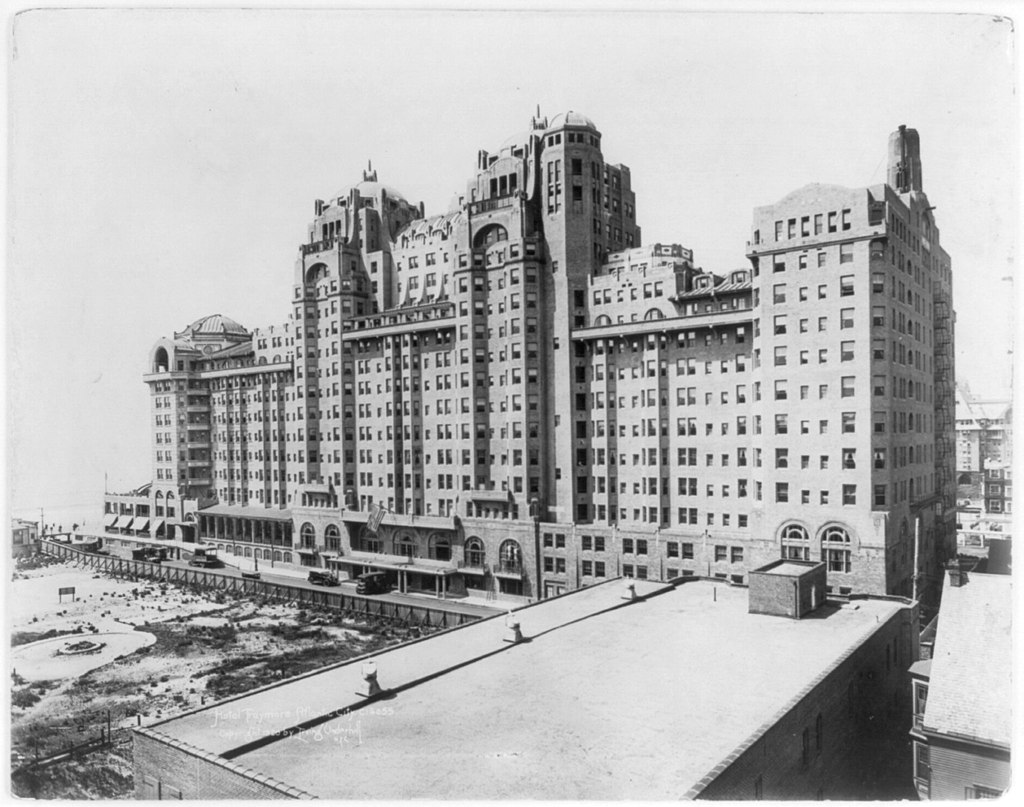
The Traymore Hotel was a grandiose landmark in Atlantic City, standing since 1906 as a symbol of luxury and extravagance. The hotel was renowned for its lavish interiors and distinctive twin towers, which dominated the city’s skyline. Unfortunately, as the city’s economy declined in the mid-20th century, the hotel was closed and subsequently demolished in 1972. Preservationists lament its loss, as it represented an era of opulence and architectural grandeur that could have been restored and revitalized with proper investment.
Euston Arch (London, United Kingdom)
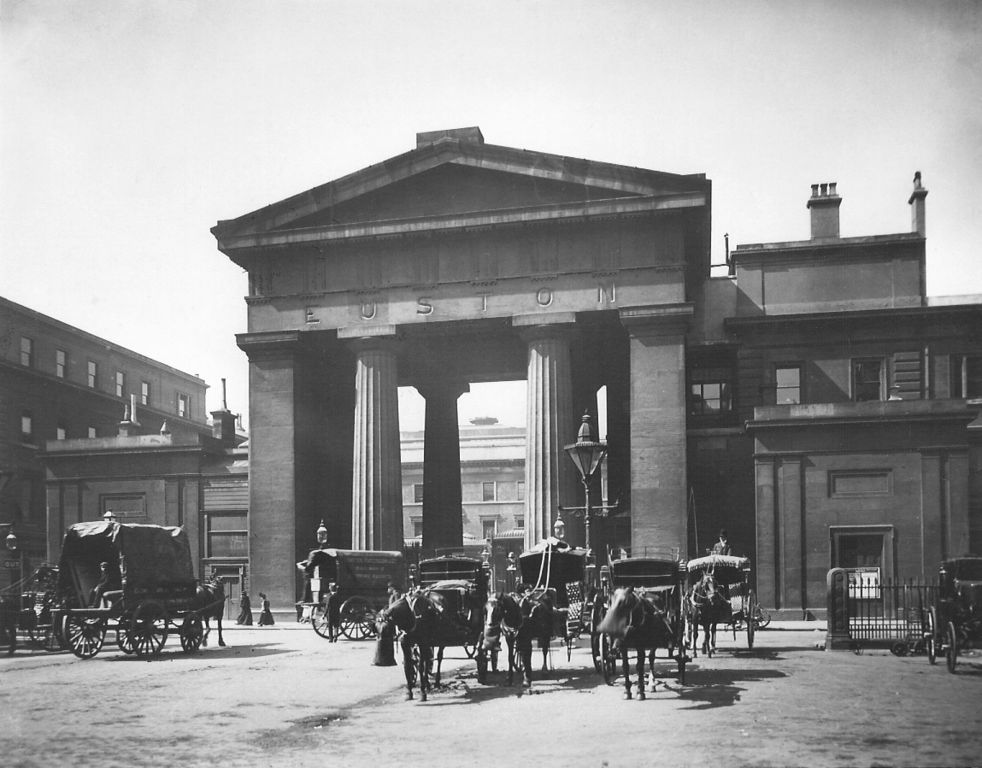
The Euston Arch, a neoclassical gateway, was built in 1837 as part of the original Euston Railway Station in London. Standing over 70 feet tall, it symbolized the grandeur of the Victorian railway age. Despite protests from architectural preservationists, it was demolished in 1962 to make way for a modern redevelopment of Euston Station. Many argued that it could have been integrated into the new design, preserving its historical value. Recent movements have called for its reconstruction, and there are plans to restore the iconic structure using some of the original stones that were salvaged.
This article originally appeared on Rarest.org.
More from Rarest.org
12 Elite Tailors Creating Bespoke Suits for the Fashion Savvy

When it comes to bespoke suits, the craftsmanship, detail, and personal touch that elite tailors provide make all the difference. These custom-made suits are tailored specifically to fit the wearer’s body and style, offering a perfect blend of luxury and precision. Read More.
14 Small-Batch Distilleries Producing Unique Spirits

In the world of spirits, small-batch distilleries have carved a niche by offering unique flavors and artisanal craftsmanship. They focus on quality over quantity, creating spirits that captivate connoisseurs around the globe. Read More.
13 Philosophical Ideas That Challenged the Way We Think

Throughout history, certain philosophical ideas have profoundly shaped how we think about the world, ourselves, and our place within it. These groundbreaking concepts challenge conventional beliefs, urging us to reconsider long-standing assumptions and offering fresh perspectives on ethics, existence, and society. Read More.
